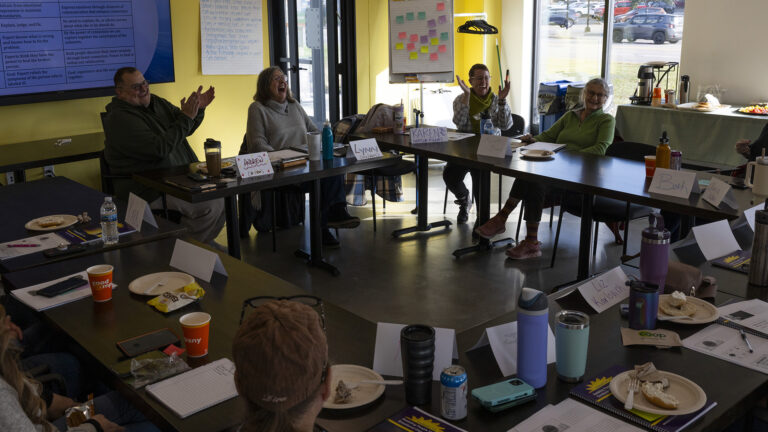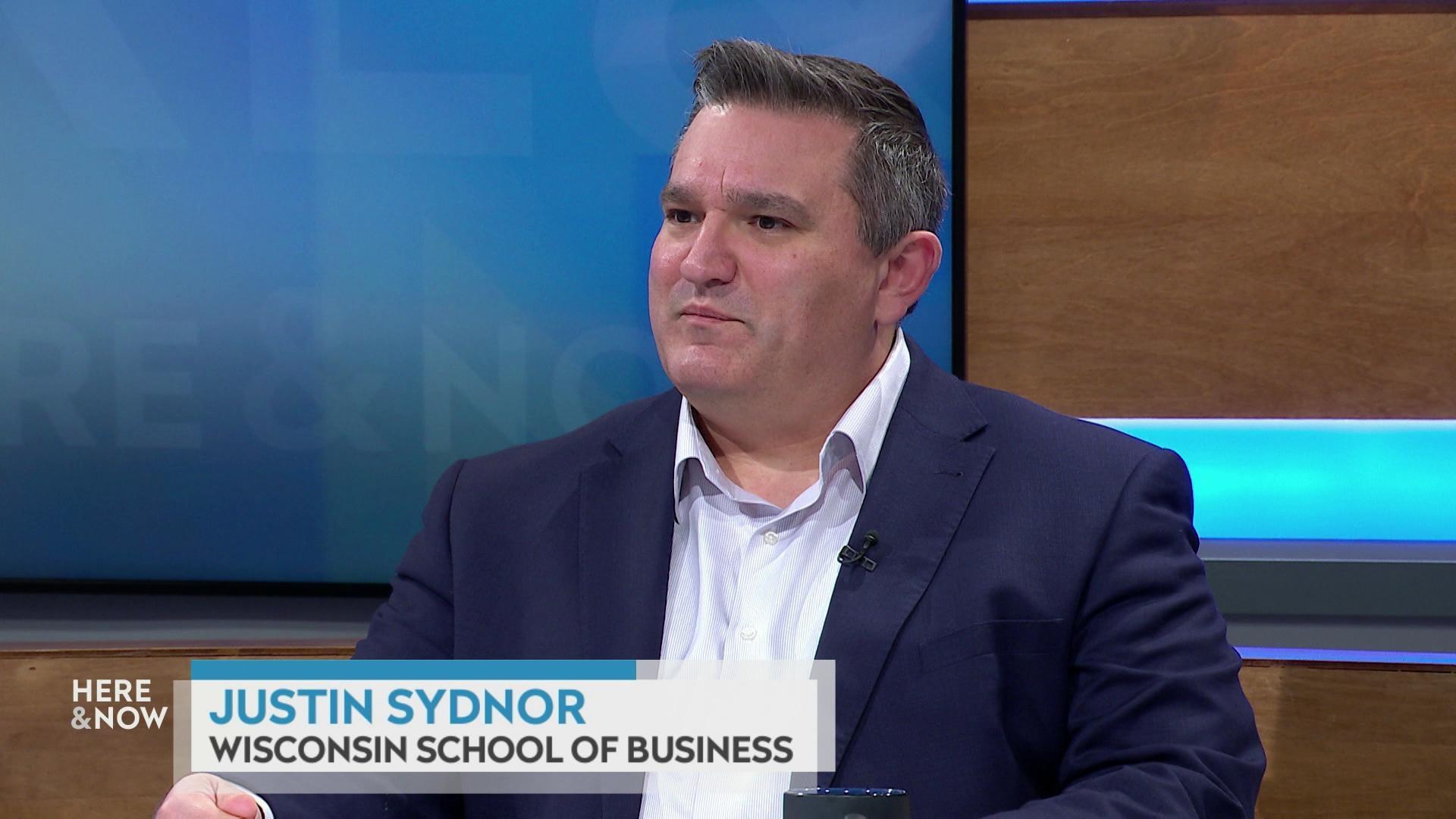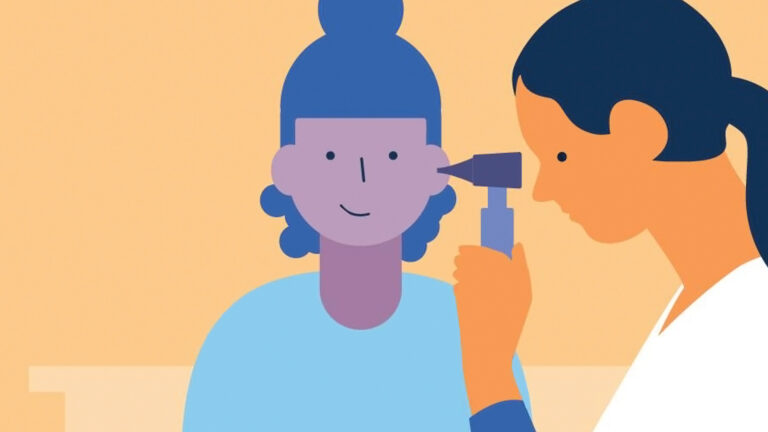Daniel Biank on developing precision medicine treatments
Accuray vice president Daniel Biank describes how having better information about diseases and patients is central to personalized medicine therapies, from screening to diagnosis to treatment.
By Steven Potter | Here & Now
July 25, 2024
VIDEO TRANSCRIPT
Daniel Biank:
So we are, as radiation therapy, we have a very established product line — has to be very precise, very accurate — and our goal again is to deliver the radiation to the cancer while sparing healthy tissue. So we engage with clinical partners and researchers to find better ways to do that. In personalized medicine, it's usually about information, having better information about the patient, better information about the pathology. And then based on that, we can figure out how is this tumor and the patient going to respond to the treatment. In the clinical workflow, it's all about how do you identify those patient characteristics and the disease to ensure that you are matching them with the right care. And that's the process of personalized medicine.
...
For personalized medicine, it's all about, again, having good information. So that means connecting the data that we have from screening to diagnosis to therapy. And what we have today is we have very good diagnostics, like Exact Sciences for genomics, GE HealthCare for imaging. We have very precise therapies, like Accuray in radiation therapy. The real challenge of personalized medicine is navigating all this information for the doctors and then guiding those patients, making daily decisions, to get to the right next treatment. The complexity of that is that there's more and more treatment options. There's more and more diagnostic options. And so, the challenge of just navigating through all those options is very overwhelming when it comes to applying it to the patient. That's where we hope with the Tech Hub and the deployment to the clinic that we'll address some of those issues. How do we help patients? Not just how do we help doctors not just have the best technology, but to guide patients to the best technology?
 Passport
Passport











Follow Us